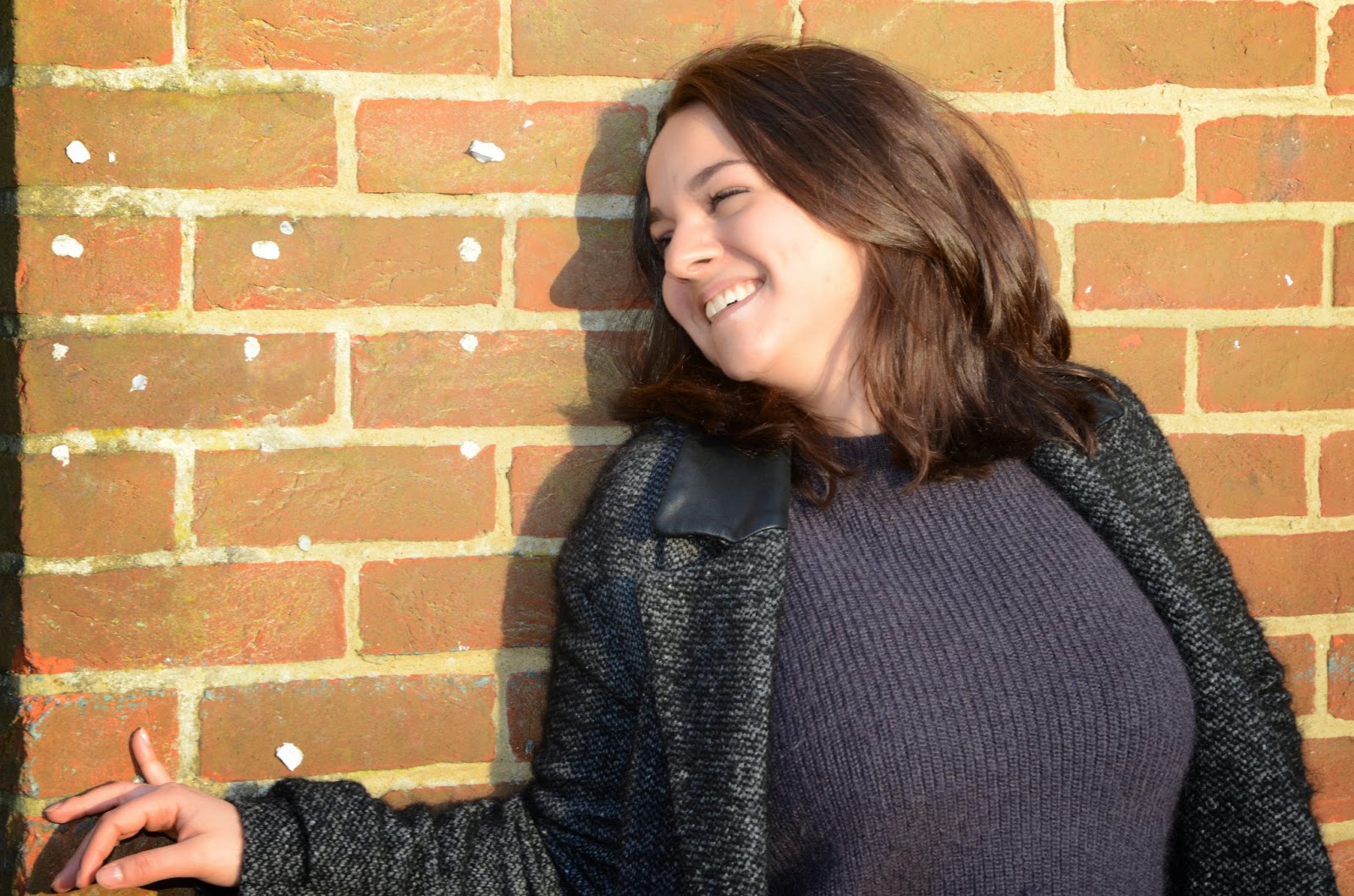I DID MY FIRST TEST SHOOT
I tried to make it informal to try to get the boys to feel comfortable in front of the camera. I figured out how to sync the studio lights to my camera, so I was having a bit of a play around with them. There's still work to be done but that's what a test shoot is for! For my final shoot I'm using three boys, two photos of each person. In the first picture, each of them will be in their rugby uniform holding a ball (to show the stereotype).
In the second photo they will be holding something that they feel defines them. They will be in their own clothes and I'm going to try to capture some real emotion.
I like this photo because if the lighting, it's fairly soft, mattifies the skin. The background it lightest around the focal point and darkens slightly at the edges. It means that your eye knows there to look because of where the lightest part is. I don't like the shadow in the background, but that can be taken out in post production on photoshop.
Same again as with the photo above, the lighting is good but I don't like the shadow, also the floor on the infinity screen has scuff marks on it. Maybe by putting more light focussed on the floor, the scuffs won't be obvious?
He was standing in the sort of position that I'd want for the first photograph. Fairly standard sports pose, emphasises body shape and muscle.
Natural emotion can be seen here. The lighting is by far one of the worst, but Joe started to relax into it here. I plan on bringing music to the next shoot so that people feel less pressure. It's these sorts of moments that I want to capture.
Again, the boys started to relax a but more. They sat down and started chatting. I did direct them in this picture on where to look, so although it isn't a completely natural photograph, I can see that be boys are more relaxed here. Even though I wont have shots with multiple people in them, this is a good example to show body language.
They started messing around more here, interacting a lot more comfortably ion front of the camera. Pulling faces at each other when they were standing on the infinity screen. The lighting here is a little funny because one side of it is yellow and the other side is white. I think the lights didn't flash here
Last photo, also a good example of the "sports shot". Straight faces is what I think I need for the initial photo. Potential to have each person doing the same pose in the first shot to show how all the people form the team have the same sort of stereotype on them.

































